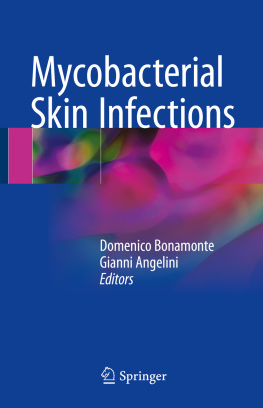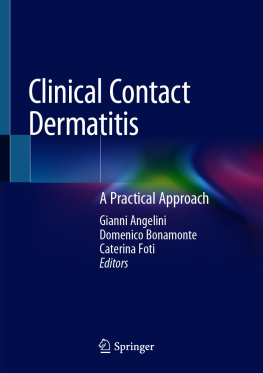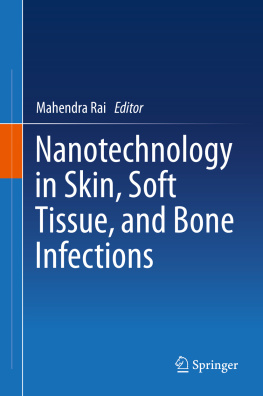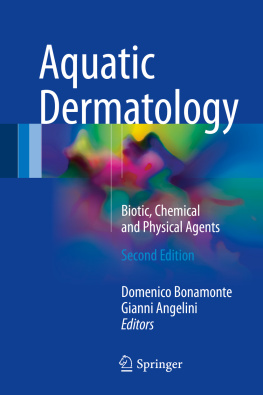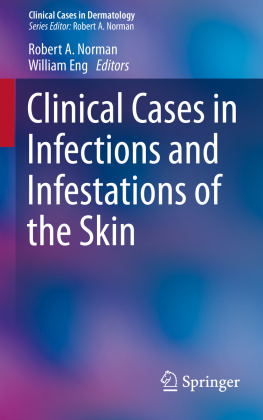1. Mycobacteria
As compared to other Schizomycetes, mycobacteria (from the Greek muxes:mycetes and bacterion: rod) present some atypical characteristics that cause them to resemble mycetes. Nevertheless, there is no doubt as to their status as bacteria: they belong to the order of the Actinomycetaceae , and the family of Mycobacteriaceae. This family includes only the Mycobacterium genus, that accounts for more than 170 species, many of which are of no clinical interest [].
Despite a few peculiar differences observed in some species, the morphology of mycobacteria tends to be homogeneous. They are long, slender bacilli ranging from 1 to 5 m in length and 0.20.6 m in diameter. Coccobacillary forms, although rarely found in pathological samples, are common in colony-forming preparations. Mycobacteria have no locomotor organules and are strictly aerobic or microaerophylic, as well as being Gram-positive and pleomorphic. Their pleomorphism is due to the fact that they normally grow in filaments, sometimes branched (hence the name of this genus, to indicate their resemblance to mycetes, that being moulds, have a filament-like branched morphology), that fragment into bacilli or coccobacilli.
Mycobacteria are not mobile nor sporogenic, and except for a few species, show fairly slow reproductive rhythms. In fact, while mean duplication time is about 20 min in Enterobacteriaceae , in the case of mycobacteria it exceeds 15 h. Except for M. leprae , all the species can be cultured, even if most of them require very complex culture media. The colonies show morphological differences among the species but generally feature a rough surface.
1.1 Habitat and Diffusion
Mycobacteria are widespread in the environment; apart from in man, they are present in all types of water (including domestic), in the soil, air, plants, foods and in various hot- and cold-blooded animals. Mycobacteria have the same degree of resistance to heat and ultraviolet rays as other bacteria, but are more resistant to drying and chemical disinfectants, probably due to their high lipid content.
1.2 Cellular Structure
Under the electronic microscope, mycobacteria are seen to have a very thick cell wall, inwards from which extend the first sprouts of the transverse septa, that will lead to cell division (mesosomes). The components of the cell wall include peptidoglycan and diaminopimelate, as well as polysaccharides (glucan, mannitol, arabino-galactan, arabino-mannitol). There is a wealth of cytoplasmic inclusions, especially lipids, glycogen and polymetaphosphates.
Most of the properties of mycobacteria are directly or indirectly owed to the structure of the cell wall. The lipid content, that is already very high overall in mycobacteria cells (25%, that is 1015 times higher than that of other bacteria) reaches extremely high values at the level of the cell wall (more than 60% of the dry weight). Another important characteristic of mycobacteria, that is unusual among Schizomycetes, is the presence of some large compounds with associated sugars and glycoproteins, that therefore give rise to the formation of glycolipids and glycopeptidolipids called mycosides.
The basic constituents of mycosides are mycolic acids, that are often esterified in lipid molecules. These are beta-hydroxylated fatty acids, characterized by a long saturated chain (ramified in the alpha position) of carbon atoms (from 83 to 93). These mycolic acids are not present in other bacteria species. At the level of the external surface of the cell wall, mycolic acids have the function of phagic receptors. The proportion of different types of mycosides remains constant within each single species, and is therefore also a valid aid for taxonomic purposes.
Another very important class of lipids, that is also present in corynebacteria, is that of waxes, fatty acid esters (including mycolic acids) and alcohols. One mycoside that has undergone close study is dimycolil-trehalose, known as the cord factor because when tubercular mycobacteria lack this substance, they lose the ability to develop as tortuous bands on particular culture media. This characteristic is likely due to the virulence of these bacteria. In fact, the greater the cord factor content the more virulent the species. Moreover, this factor is lethal in mouse, inhibiting the migration of polymorphonuclear cells []. However, the virulence seems to be also correlated to a sulfonate glycolipid that is present in high quantities in those species featuring this property.
Mycobacteria waxes are subdivided into four classes (A, B, C, D): the most important is wax D, that has an immunological adjuvant action, boosting the production of antibodies against other antigens that may be present (in particular of proteinaceous type).
1.3 Antigenic Structure
Various antigens have been identified in mycobacteria, many of which are common to several species. Some antigens crossreact with the Nocardia and Corynebacterium genuses, whose cell wall has some affinities with that of mycobacteria.
As stated above, the most abundant substances in the chemical composition of mycobacteria are lipids, that determine many of their peculiar properties. These are not important from the antigenic standpoint because they are non immunogenic, but it seems that they may act as haptens.
Polysaccharide antigens consist largely of arabino-galactan; from the immunological standpoint they are haptens, that can stimulate the production of antibodies only if inoculated together with the entire bacterial cell.
Proteic antigens are complex and quite difficult to purify. They are weakly immunogenic, although their activity is reinforced by class D waxes, that act as adjuvants. These antigens are responsible for delayed hypersensitivity reactions, as induced by the tuberculin test.
1.4 Sensitivity to Antibiotics
Mycobacteria behave rather differently toward antibiotics as compared to other microorganisms. For example, M. tuberculosis is resistant to all the antibiotics normally used to treat Gram-positive and Gram-negative infections, but it is sensitive to a small number of drugs that are therefore denominated antitubercular; sensitivity to these drugs is generally fairly constant, at least as regards those strains isolated from untreated subjects. By contrast, resistance may arise during treatment, related to various factors. It should also be borne in mind that in vitro susceptibility results are not always correlated with the same drug results in vivo.
Most of the clinical pictures induced by mycobacteria are treated with one or two active drugs. The association of drugs is necessary to reduce the likelihood of onset of resistant mutants. It is estimated, for example, that in a tubercle bacilli culture the frequency of isoniazide resistant mutants is 1 in 105, of streptomycin mutants 1 in 106, while the frequency of mutants resistant to both drugs is lower, being 1 in 1011 [].
It is not necessary to test the drug sensitivity of most of the strains isolated if the patient has never previously taken antitubercular drugs. In any case, there is no need to wait for the results of susceptibility tests before starting treatment, that can be begun with drugs known to be more active against the strain isolated. Instead, it is important to determine the sensitivity of the isolated strain when the patient has already undergone antitubercular treatment (owing to the common onset of resistance), or shows worsening during the treatment, or else when the culture does not become negative within 46 months from the start of treatment or if a nontubercular species is isolated.

